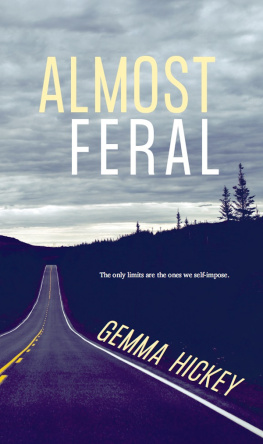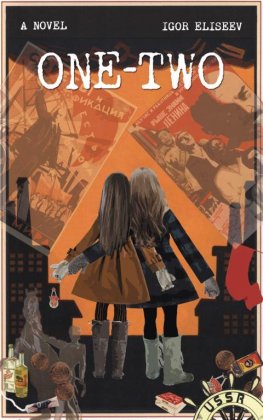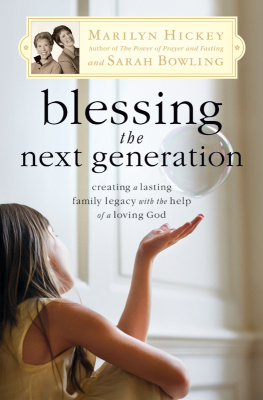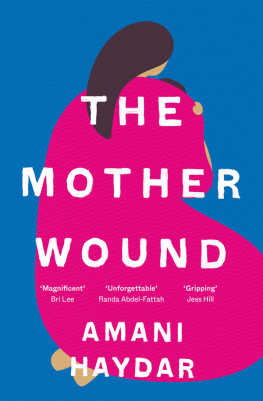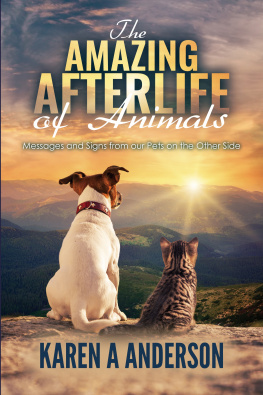In the late 1980s, a scandal erupted over allegations of widespread abuse of youth at Mount Cashel Orphanage in St. Johns, Newfoundland. Since that time, numerous clergy and lay officials of all denominations have been charged with abuse, and religious institutions all over the world have contributed to the mismanagement and under reporting of abuse cases.
As a survivor of clergy sexual abuse, I founded a nonprofit organization called The Pathways Foundation in order to provide support and services to Newfoundlanders and Labradorians who have experienced abuse within religious institutions. To raise both money and awareness for Pathways, and as part of my own physical and spiritual journey of healing, I walked across the island of Newfoundland from July 2 to August 2, 2015.
This was a journey of optimism inspired by activists like Terry Fox and Rick Hansen, but it was also inspired by Newfoundland history. In 1822, a young Mikmaq hunter and guide named Joseph Sylvester and the Scottish explorer William Cormack were the first people in recorded history to walk across the island. Then in the 1920s, a labour organizer named Joseph Smallwood walked about 850 kilometers of railroad track to help organize the working-class railroadmen of Newfoundland. Of course, Joey (as he is now either affectionately or disparagingly known) would eventually discover the power of radio and lead Newfoundland, a former independent British colony, into confederation with Canada in 1949 and become the new provinces first premier. I wanted to engage with that sense of history so Newfoundlanders would be able to recognize some part of themselves and our shared past in what I was doing.
Of course, the walk was also a direct engagement with the islands physical geography and its unpredictable weather. Looking back on it now, I feel as though my step-by-step advancement along the Trans-Canada Highway that summer resembled the relentless forward progression of time and the march of history. But the emotions I experienced and the memories that surfaced as I walked felt more like Newfoundland weatherimpulsive, erratic, and sometimes volatile. I had no idea just how far I would travel inward during that 908-kilometer walk. I had no idea how this journey would eventually lead to one of the biggest decisions of my life.
Memories, for a survivor, can be tricky. Sometimes they are harsh and arrive without warning. And sometimes theyre like trying to untangle a knot that gets more tangled the harder you try. And I have tried to capture those associative and interwoven qualities of memory in these essays. I didnt want to write some plodding, chronological memoir. I wanted to write about myself in the way I tend to experience myself, which isnt always straight forward. I have tried to order these essays in a way that makes sense, using the narrative of my walk as an organizing principle, almost like rest stops along the way, but you could easily rearrange these essays and find all kinds of new connections and connotations and links. Reading the essays at random might even be the best way to understand what I experienced during the walk itself.
Aside from public figures who openly supported my walk and journalists who reported on the events, I have changed the names of most of the people involved in these stories or have refused to name them at all.
I have also refused to name the survivors and family members of survivors whom I met and embraced during the walk. And I have refused to recount the particular details of all the stories of abuse that I heard along the way because those are not my stories to tell. But I want those people to know that I remember your names and your stories. I carry them with me. And I wont forget.
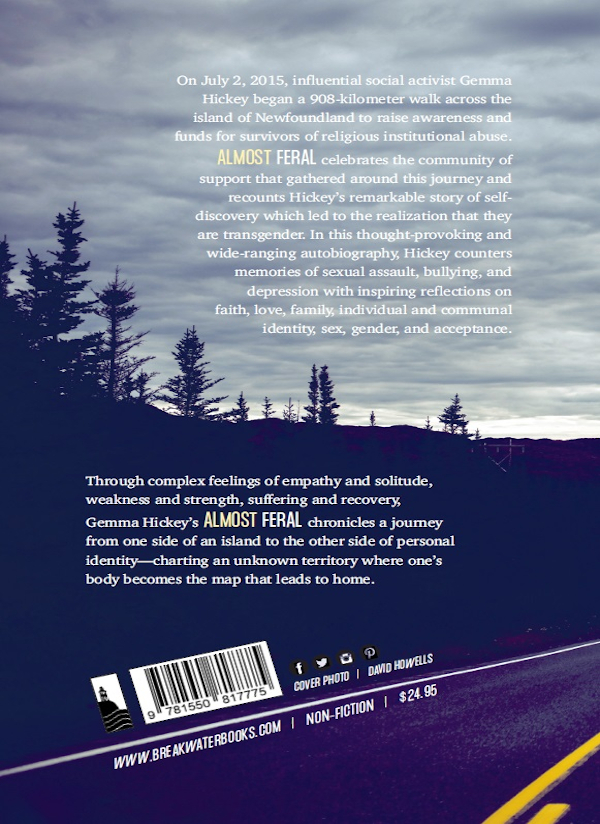
Youre that dyke from television!
He was wearing a fluorescent-orange truckers cap that sat smugly over his brown mullet. A white T-shirt covered his swollen belly that ballooned like a blister on top of his faded blue jeans, their wrinkled hems bunched over a pair of worn-out cowboy boots. I could feel the hair on the back of my neck stand at attention.
For a second there, I thought about asking him if he was confusing me with Ellen DeGeneres, but I quickly realized this was no joke.
Two hours earlier, my mother and I arrived at J.T. Cheeseman Provincial Park located approximately ten kilometers outside the town of Port aux Basques. Wed spent the night at the Mount Peyton Hotel in Grand Falls to break up the nine-hour drive from St. Johns. And as we made our way toward Port aux Basques that morning, I hardly said a word in the truck. My throat was sore, and I wanted to save my voice for the speech I had to give the following day. I felt a cold coming on, and it worried me because of the massive challenge that lay ahead. I distracted myself by putting my seat all the way back. The sky was a deep blue, eclipsed by tiny clouds. Sometimes, Id look out the window to my right and attempt to visualize what I was about to do. Even the drive to Port aux Basques felt long. No matter how hard I tried, I dont think I was able to fully comprehend what it was going to take to get back to St. Johns on foot.
I had transformed my body over the previous ten months. Working closely with five trainers, I lost eighty pounds. My diet was as regimented as my exercise routine. The purpose of the walk was to raise funds and awareness for The Pathways Foundation, an organization I founded in 2013 for people, like me, who have suffered abuse at the hands of clergy. I called it Hope Walk.
Hope Walk began in Port aux Basques on July 2, 2015, and ended on August 2 at the Mount Cashel Memorial in St. Johns. Mount Cashel was an orphanage for boys run by Christian Brothers. A supermarket was built where the orphanage once stood, but across the street from the parking lot, the two original gateposts of the orphanage remain. Each one branded with a solitary cross. They remind me of headstones. By ending my walk at that site, Id be paying respects to the many boys, now men, who made a tragic journey from their homes to the orphanage.
As a seasoned activist, I frequented television, radio, and print media to raise support for the walk. I leveraged my public profile to draw attention to this cause because of how it was neglected. And I knew if I was going to expect people to go back in time and revisit one of the darkest chapters in this provinces recent history, I had to be prepared to do the same in terms of my own life. But, looking back, no amount of training could prepare me for what came next.
My uncle John followed us down the Trans-Canada Highway in a white pickup truck donated by Hickman Motors, one of the best-known car dealerships in St. Johns. In tow was a fifteen-foot trailermy home on the road for the next month. My mother asked her brother to join us because he was a retired mechanic. While he and my mother set up camp, I pulled out my cellphone and ordered some food in Port aux Basques and decided to drive my mothers truck into town to pick it up. I was thrilled to finally have some time to myself. The sun was blaring like a beacon in a sea of sky. I turned my iPod to Springsteens Thunder Road and pushed repeat. I rolled the window down all the way and hung my arm out. Once I hit pavement, I slammed that pedal hard, driving with one hand on the steering wheel the whole way.
As I approached the town, I saw a gazebo in the distance and headed towards it. When I got out of the truck, I noticed a small group of children playing close by. Their laughter was like music. I walked to the middle of the gazebo, and with their laughter as my soundtrack, I actually threw my arms out at my sides and started spinning around like a kid. Waltzing with myself reminded me of how, when I was little, I would twirl around in the middle of our quiet street until I felt dizzy. But when youre euphoric and spinning, everything around you is blurred and you cant see it for what it really is.

